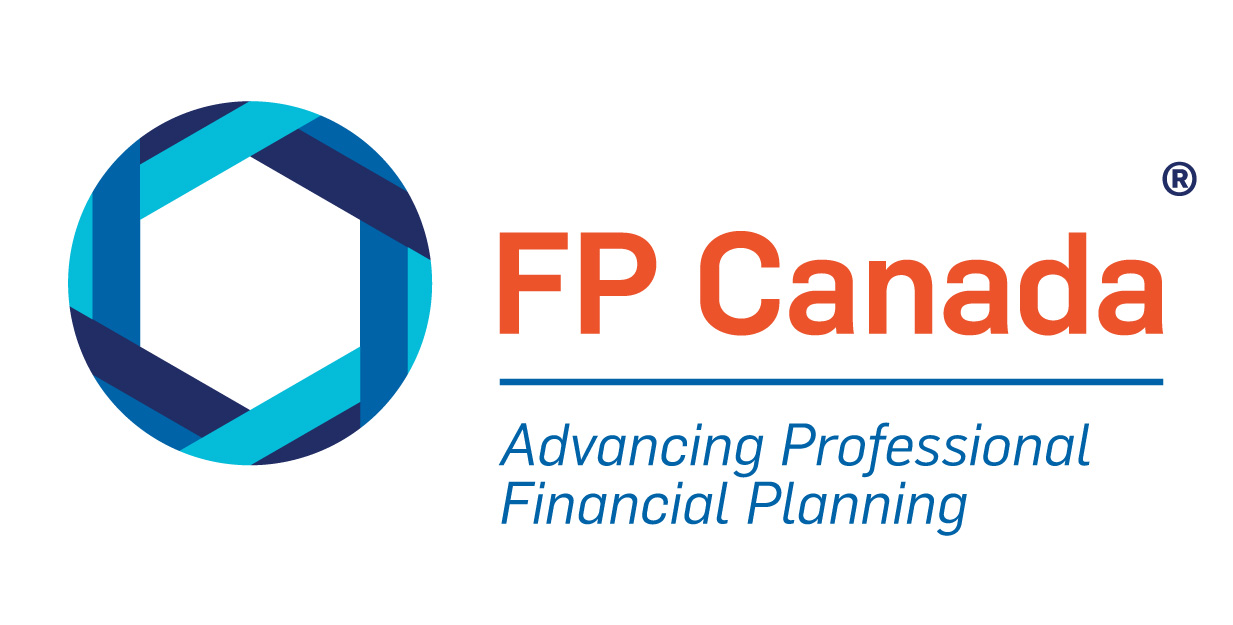It’s the perfect time of year to assess your priorities and refresh your financial plan.
Spring symbolizes new beginnings. It can also be the ideal time to refresh your budget and revisit your financial priorities. These tips can help you and your family dust off your financial plan and prepare for this season and beyond.
Put Pen to Paper — or Fingers to Keyboard
We often talk about our life priorities and the things that are important to us. But how often do we actually write them down?
If you have a financial plan, you’re on the right track! But if you haven’t written down your financial goals yet, now is a great time to do so. Start by getting all your thoughts down or paper, or in your word processor.
Take some time to think about your financial priorities before jotting them down. Financial priorities can include things like saving up for summer vacation expenses, paying off debts, and building emergency funds. Once you’ve written them down, be sure to put the paper in a place where you’ll see it on a regular basis. That list on your fridge or bulletin board can be a positive reminder of what you’re working towards.
Review Your Spending
Reviewing your spending can help you re-evaluate your financial habits and goals. Start by pulling up your online banking and credit card statements. Do your spending habits make sense given your family’s priorities?
Once you dig into your spending, you’ll see whether you need to reassess it. With your online banking open, you’ll also want to look at whether there are any unwanted fees or subscriptions you can cancel. You’d be surprised — sometimes, a little savings can go a long way.
Create Your Savings Buckets
Just like re-organizing your home, organizing your money has many benefits. Creating different categories (or “buckets”) for your savings can help you achieve your financial goals quickly. Here’s how to do it:
- Create four or five savings buckets to match your priorities. For example, you can categorize them into vacation savings, retirement, home repair, education savings, and future vehicle-purchase buckets to clearly identify your goals.
- Look at each goal within the buckets and specify exactly how much you should be adding to each bucket every month.
- Consider saving any one-time lump sums — such as tax refunds or salary bonuses — to your savings buckets.
You can also automate your bank accounts to save a certain amount every week or month. The saying, “out of sight, out of mind” is relevant here. If you don’t see it, you won’t spend it. Automating deposits into your savings buckets can create gains you may not have expected over time.
Schedule Your Check-In with a Professional
When cleaning your home becomes overwhelming, you can hire a professional to help you declutter. You can do the same when evaluating your financial plan.
Despite the cost-of-living crisis today, only 40% of Canadians have a financial plan in place, according to the FP Canada™ Fall Consumer Survey. If that sounds familiar, you may want to consider finding a financial planner who understands your needs.
A CFP® professional or QAFP® professional can help you align your spending and saving with your financial goals and values. They can also help you build financial confidence, leading to greater peace of mind as you take control of your financial plan.
To find a CFP professional or QAFP professional who can help you clean up your finances this spring, use the Find Your Planner tool.

 Find Your Financial Planner
Find Your Financial Planner


